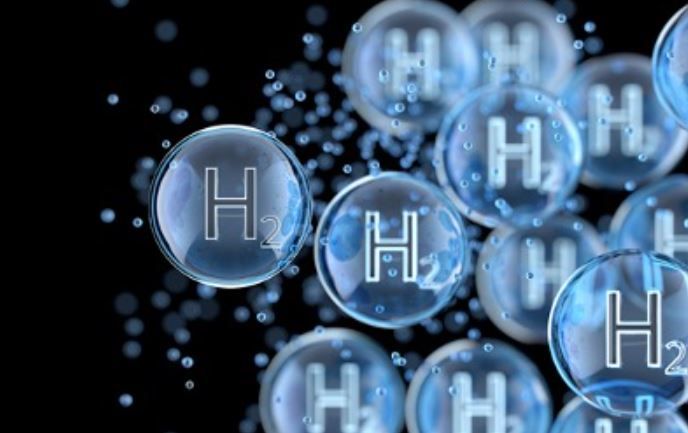The BarMar project, a collaborative initiative between Enagás, GRTgaz, Teréga, and OGE, marks a significant development in the European hydrogen energy sector. Aimed at connecting Spain and France via a maritime hydrogen pipeline, the project signifies a major stride toward establishing a transnational hydrogen network across Europe.
The Joint Development Agreement (JDA) signed in Madrid outlines the collaborative framework for the BarMar project, defining feasibility studies, investment conditions, and governance principles. Enagás, GRTgaz, and Teréga have committed to respective shares of 50%, 33.3%, and 16.7% in both the Spanish and French segments of the project. This agreement sets the stage for detailed feasibility studies and the subsequent final investment decision (FID).
In parallel, the interconnection of renewable hydrogen between Portugal and Spain (Celorico da Beira – Zamora) under the CelZa project also progresses with similar joint efforts between Enagás and REN. These initiatives aim to create a cohesive hydrogen network spanning the Iberian Peninsula, France, and beyond, integrating into the broader European energy market.
The BarMar and CelZa projects form critical components of the H2med project, a larger transnational endeavor aimed at connecting the hydrogen networks of the Iberian Peninsula to those of France, Germany, and North-West Europe. Launched in October 2022, the H2med project has received high-level political support, including from the Presidents of Spain and France, the Prime Minister of Portugal, and the President of the European Commission. Germany joined the project in January 2023, recognizing its potential to support its own market and other European markets.
The European Commission’s inclusion of H2med in the Projects of Common Interest (PCI) list further underscores the strategic importance of this initiative. The PCI designation highlights the project’s contributions to sustainability, market integration, security of supply, and competitiveness within the EU.
Comparing the BarMar project to other hydrogen infrastructure initiatives reveals both opportunities and competition. The European hydrogen strategy, adopted in 2020, aims to install 40 GW of electrolyser capacity by 2030, significantly scaling up from the current capacity. Projects like BarMar are essential for meeting these targets but must be complemented by advancements in hydrogen production, storage, and distribution technologies.
Globally, hydrogen production is still dominated by grey and black hydrogen derived from fossil fuels, which contribute to carbon emissions. The shift to green hydrogen, produced via electrolysis using renewable energy, is crucial for the environmental benefits promised by hydrogen as a clean energy source. Projects like BarMar must demonstrate not only technical feasibility but also cost competitiveness to drive this transition.





